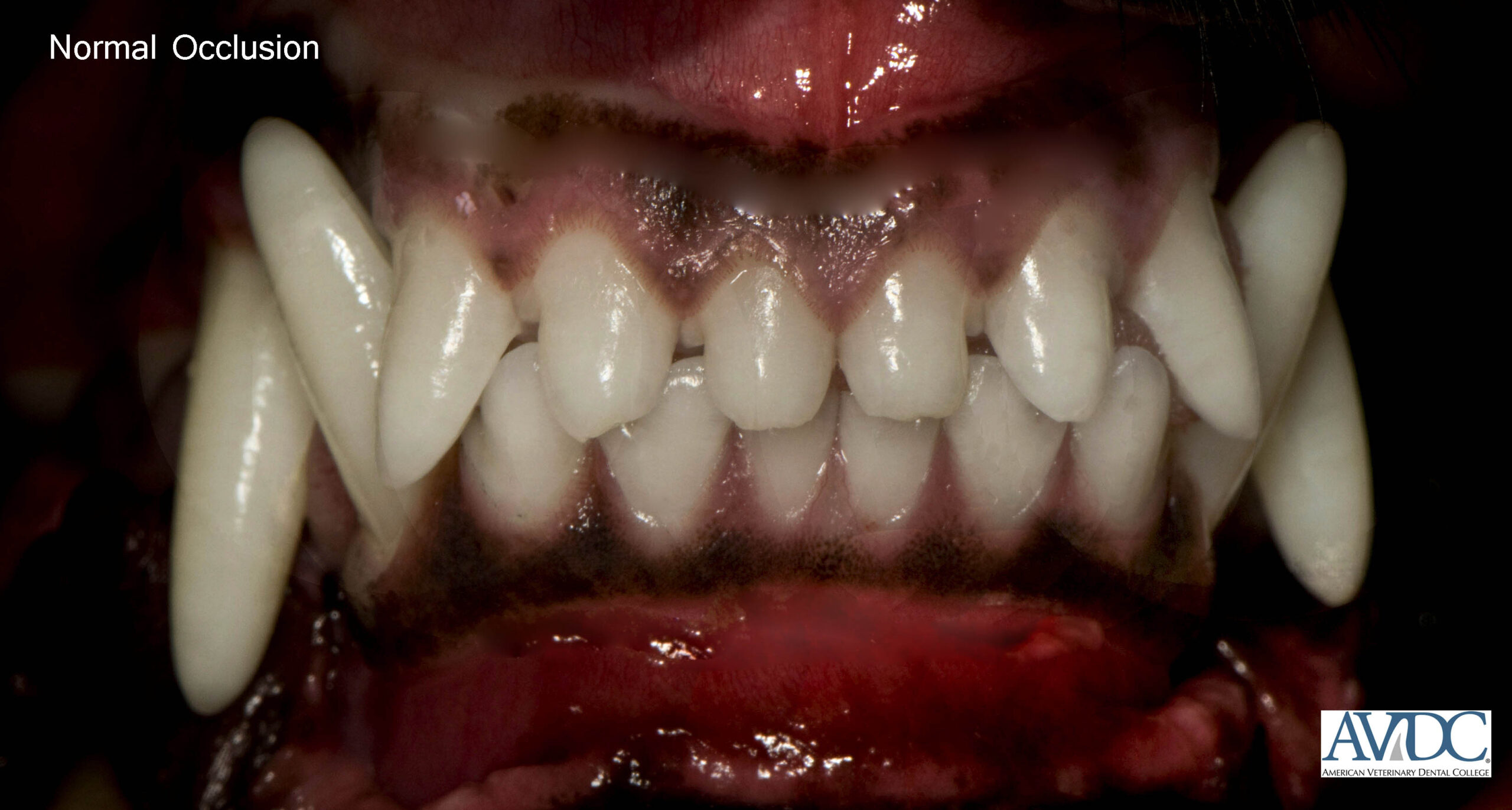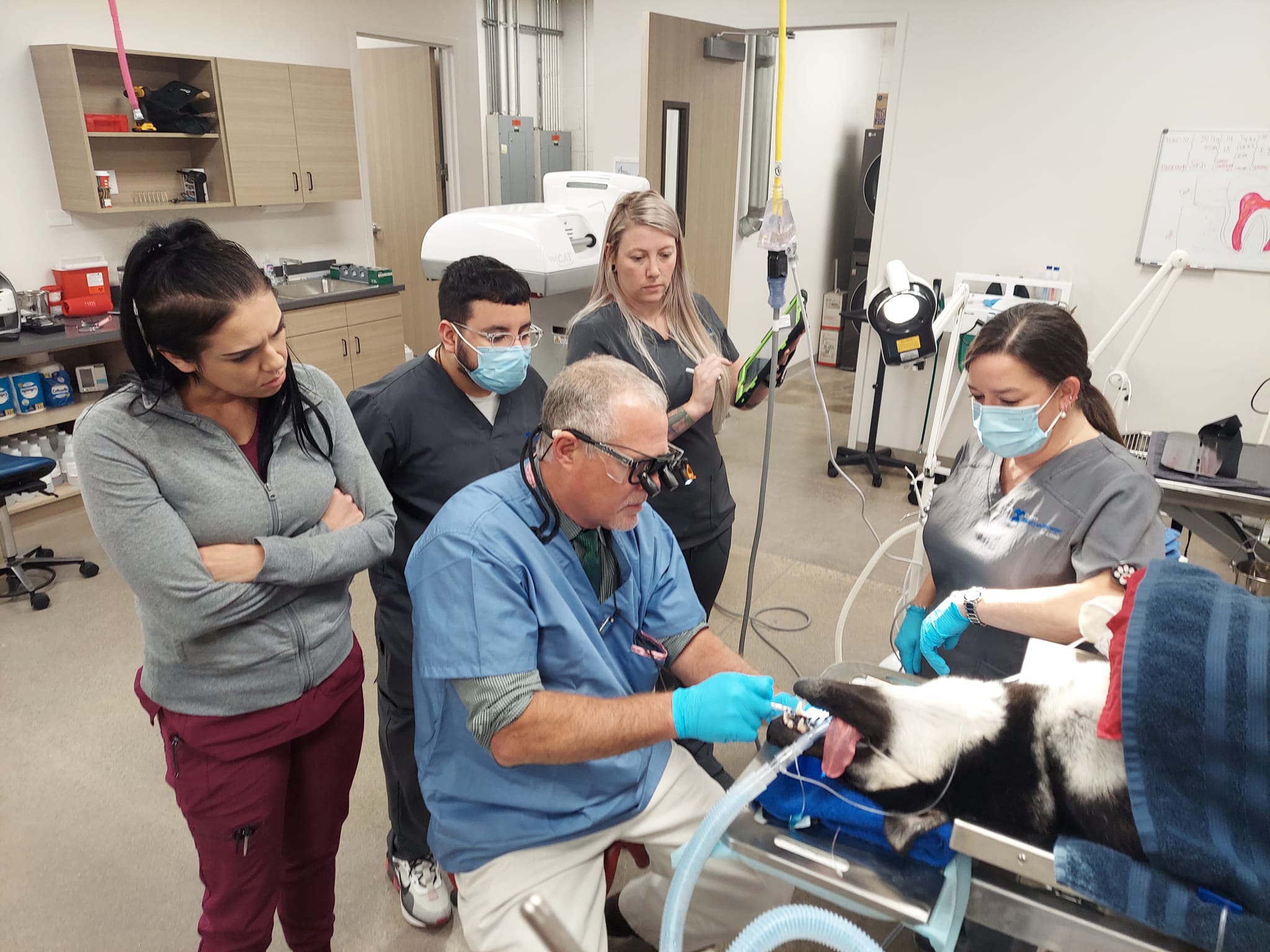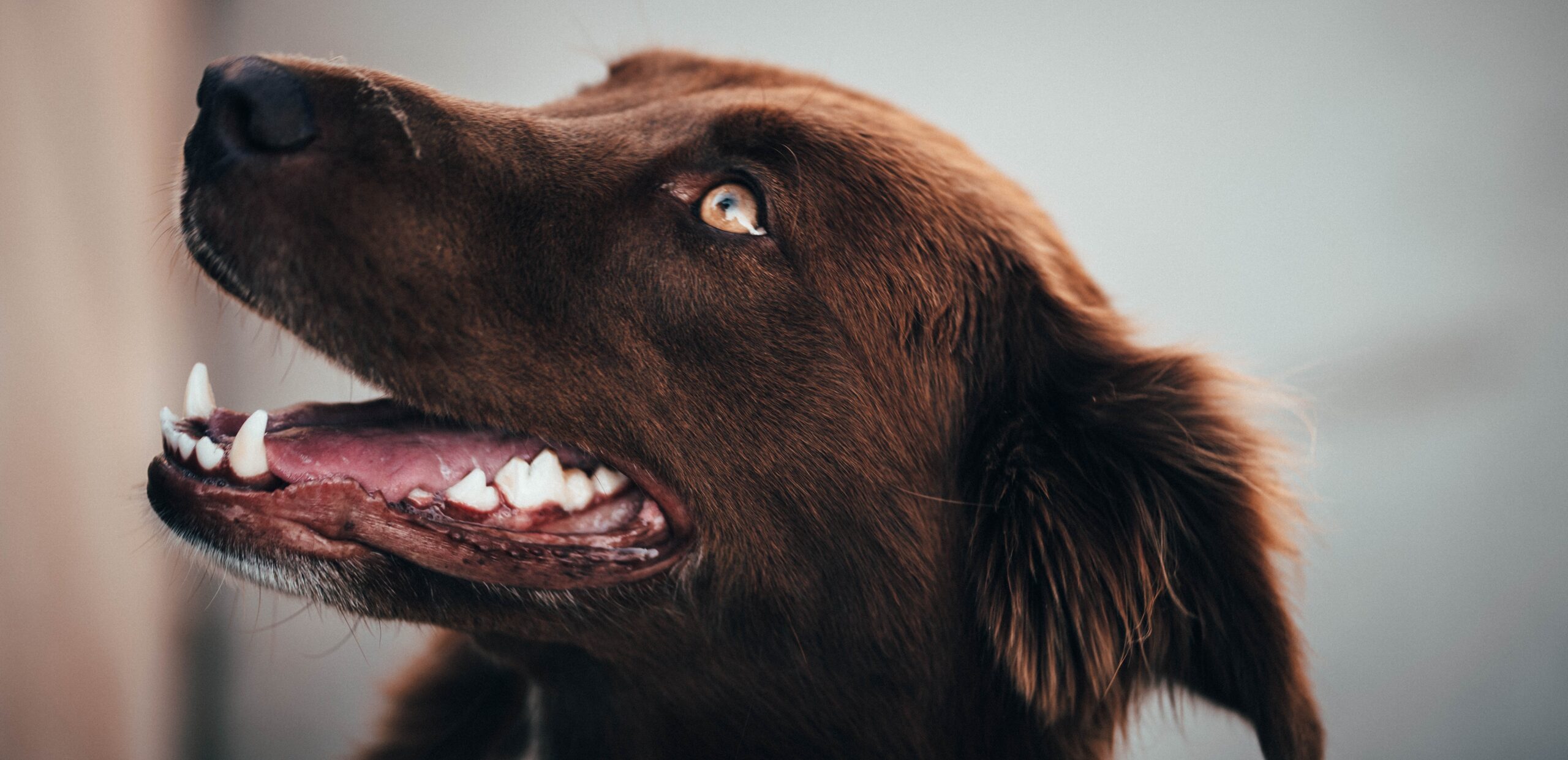19 Mar Feline Juvenile Gingivitis
Dental disease in cats is often underdiagnosed, maybe because they are harder to be put in front of a veterinarian! Diseases affecting teeth and gums are believed to be found in older animals. Although this is true for some conditions like tooth resorption or advanced...










